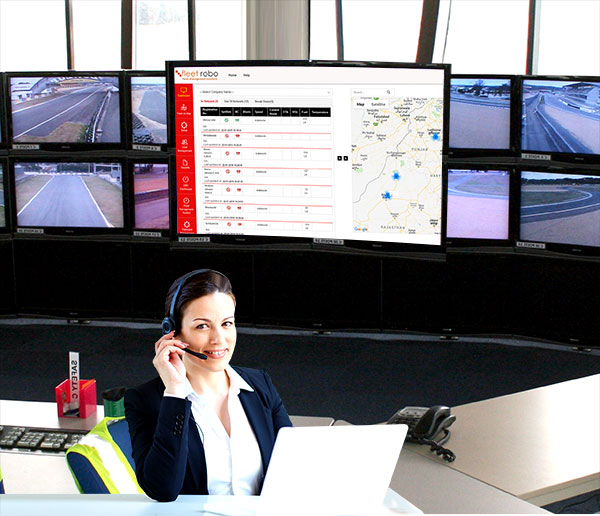A control tower for supply-chain is a central hub that monitors and handles transportation, keeping track of both inbound and outbound shipments, and helps organizations to capture end-to-end visibility of the logistic operations.
Control Towers originally arose due to the need to gain visibility over the increasingly complex and discrete supply chain. Over the years, the concept of control towers has evolved and it is not just to gain visibility but to handles, cross-organizational collaborations, risk analysis, and automation.
An informational hub having central data and control centre, monitored by a set of skilled personnel who are equipped to handle the entire supply-chain operation. The team plays a key role in the monitoring of such information 24*7 and delivers the same across different departments through one single platform. This helps to integrate data from a variety of sources and distributes them in a consistent format.
In the present scenario, organizations missing such kind of infrastructure find it tough to maintain harmony among different internal departments and other collaborative parties.
WHY?
End-to-End Logistics Visibility
Generally, shipments to-and-fro organizations involve multi-mode transportation. Control tower offers transparency that connects suppliers, logistics providers, and freight carriers with organizations. Control tower provides end-to-end logistics visibility covering both inbound logistics, that carry shipments from suppliers and outbound logistics, dispatch of finished goods to end-customers, and are monitor in real-time to ensure on-time deliveries. The control tower is also responsible for route analysis and routing of trips, with proper management of transportation, and reduced operational cost.
Manage multi-tier Operations
Due to the dispersed nature of the supply-chain ecosystem, organizations find it difficult to manage operations involved with first, second, and third-tier suppliers. To synchronize such problems, control tower has become a necessary establishment helps to manage the multi-tier supply-chain operation through a central collaboration platform implemented between Original Equipment Manufacturers (OEM) and their suppliers.
Enforce No-Idling
Often the delays occur because of excessive idling by the drivers. However, with the implementation of control towers such cases have drastically decreased. Once the loading is done, the control tower ensures that the drivers waste no time. The control tower team are in constant touch with the drivers for the entire journey; thus, eliminating idling scenario and making sure that the designated timeline to be followed for on-time delivery.
Performance Monitoring
There are various metrics that affect logistics performance such as inbound and outbound transportation, fleet management, loading-unloading time, materials handling, order fulfillment, supply and demand planning, 3PL management, etc. Through central monitoring, every aspect of logistics delivery is managed result in improved performance and better efficiency.
Manage and Handle Anomaly
A control tower operates 24*7 and is responsible for handling exceptions in real-time and has the ability to quickly identify and address issues, both internal and external ensures smooth operations. Also capable of effective risk analysis and provides proactive measures to avoid such.
In short, the control tower has become a necessity for organizations to keep a focus of their freight operations at a granular level and to reduce costs and helped organizations to gain better efficiency and improved performance through optimum resource usage. With various analytical reports, it provides a holistic view of logistics operations.
Author:
Ayan


I am really thankful to the holder of this web site who has shared this great article at at this place.
I am regular visitor, how are you everybody? This article posted at this website is actually good.
This is my first time go to see at here and i am actually happy to read all at one place.